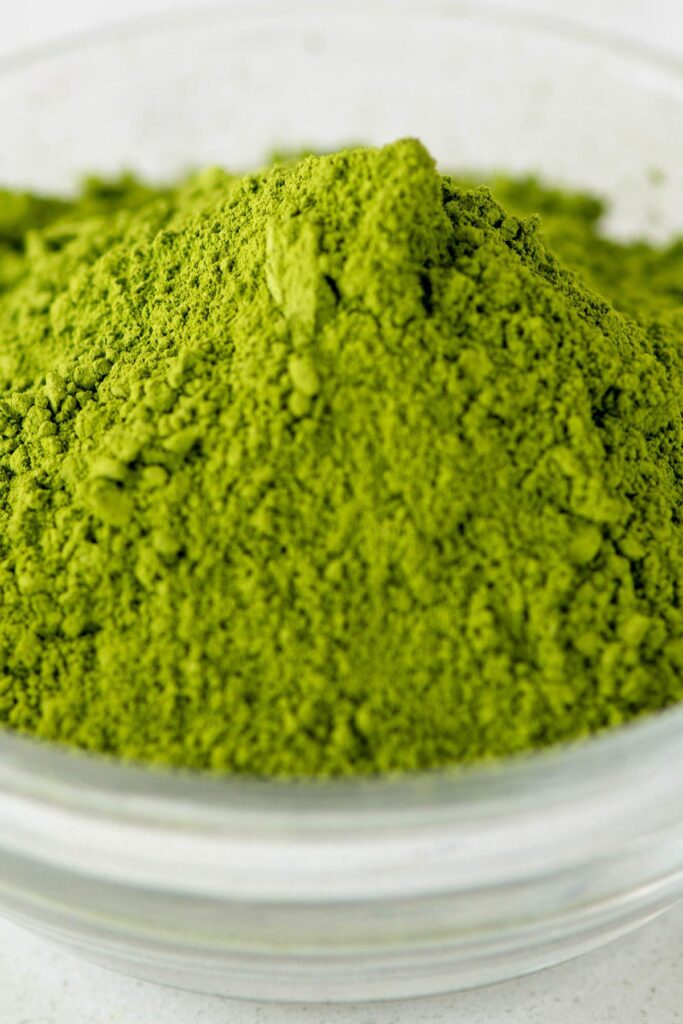Matcha isn’t just any green tea – it’s a finely ground powder made from specially cultivated leaves. Because you’re consuming the entire leaf, matcha quality becomes incredibly important. From taste and color to health benefits and cost, choosing the best matcha means knowing what to look for. Since I am in love with the delicious and healthy matcha tea I did my research and sharing with you this guide for picking best matcha tea based on key indicators of quality, trusted sources, grades, and expert tips to help you make the best choice for your lifestyle and budget.

Key Quality Indicators of Best Matcha
Not all matcha is created equal. Here’s how to spot high quality matcha powder at a glance:
1. Color
- Bright, vibrant green indicates freshness and high chlorophyll content.
- Dull or yellowish-green often signals oxidation or low quality.
2. Aroma
- Fresh matcha has a grassy, sweet, and slightly nutty aroma.
- Bitter or fishy smells are a red flag.
3. Taste
- Good matcha should be smooth, slightly sweet, and umami-rich.
- Harsh bitterness is common in low-grade or stale matcha.
4. Texture
- Premium matcha is silky, talc-like, and clump-free.
- Gritty or coarse powders lack refinement.
Matcha Sourcing: Where Does the Best Matcha Come From?
Japan is the undisputed leader in producing authentic, premium matcha. The best matcha is typically shade-grown, hand-picked, and stone-ground in traditional regions known for excellence.
Top Japanese Matcha Regions:
- Uji (Kyoto): Considered the birthplace of Japanese matcha, Uji produces smooth, sweet, and aromatic ceremonial matcha.
- Nishio (Aichi Prefecture): Known for its creamy, vibrant matcha, especially favored for lattes and culinary use.
- Shizuoka and Kagoshima: Up-and-coming regions producing competitive quality matcha.
Emerging International Sources:
While Japan remains the gold standard, other countries are now producing matcha, including:
- Taiwan: Increasingly known for small-batch, shade-grown matcha.
- USA, China, and Korea: Offer budget-friendly options, though often lower in quality.
Matcha Grades Explained: Ceremonial vs Culinary
Ceremonial Grade Matcha:
- Made from the youngest, shade-grown tea leaves
- Vibrant color, smooth taste, delicate sweetness
- Best enjoyed whisked with hot water (no milk or sweeteners)
- Ideal for traditional tea ceremonies and sipping
Culinary Grade Matcha:
- Slightly more bitter and robust
- Made from older leaves; less expensive
- Best for baking, smoothies, lattes, and desserts
- Still nutritious, but not as refined
💡 Tip: If you’re new to matcha, start with culinary grade for lattes and try ceremonial later for sipping straight.
Tips & Recommendations: How to Choose the Best Matcha
1. Read the Label
- Look for terms like “first harvest,” “stone ground,” “shade grown.”
- Avoid matcha with additives or vague sourcing claims.
2. Packaging Matters
- Choose airtight, light-blocking tins or pouches.
- Avoid clear packaging or bulk bins – matcha is sensitive to light and air.
3. Buy in Small Batches
- Matcha oxidizes quickly. Purchase 30g to 100g at a time to ensure freshness.
4. Recommended Brands (Trusted & Tested)
- Ippodo Tea (Kyoto): Premium ceremonial matcha with centuries of heritage
- Encha Organic Matcha: USDA organic, farm-to-cup transparency
- MatchaBar: Great quality for lattes
- Jade Leaf Matcha: Widely available, affordable, and certified organic
Choosing the Right and Best Matcha for You
Whether you’re a matcha beginner or a seasoned sipper, understanding what makes good matcha can transform your daily ritual. Focus on origin, color, aroma, and taste of matcha and don’t be afraid to invest in quality. Start with culinary matcha for recipes, then upgrade to ceremonial for mindful tea moments.
Ready to experience the best matcha?
More in My Matcha Series
If You like this recipe and made it Please rate the recipe. It helps us to reach more people. For the Latest updates Subscribe to Rekha’s Whatsapp. You can follow me on Instagram, Facebook, Youtube, Pinterest for more food inspirations.

